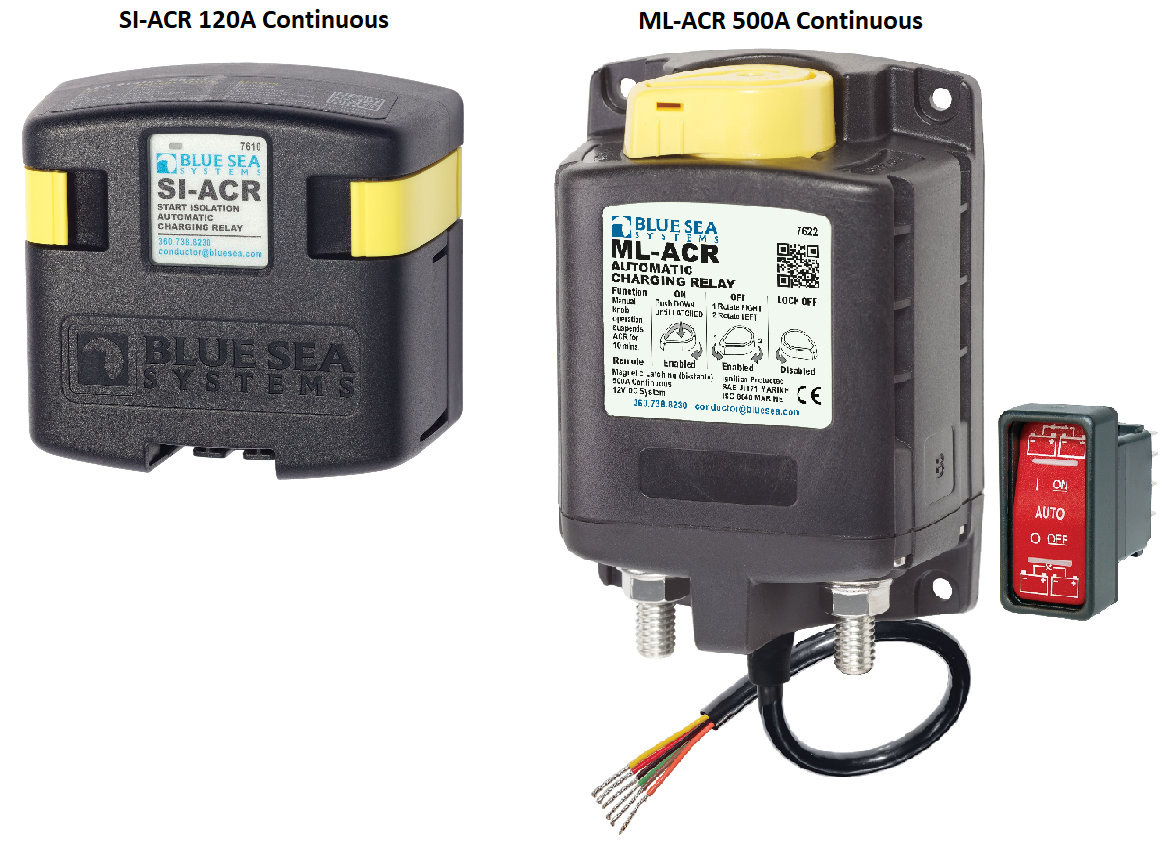My boat has two house batteries wired in parallel, plus a starter battery. For the house needs, I can run off either or both house batteries. For the starter need, I can run off the starter battery, or off the house batteries, or off all three batteries.
I'll mostly be day sailing, and on shore power at night (thus charging all three batteries). I'll do some overnights at anchor, but maybe only 10 nights a season.
I had been thinking to run the house needs off the house batteries, and the starter off the starter battery. But the manufacturer advised always running the house needs AND the starter needs off the house batteries only, and never using the starter battery unless, say I'm anchoring out and draw down the house batteries. This seems odd to me, but I'm a newbie. Thoughts would be appreciated.
I'll mostly be day sailing, and on shore power at night (thus charging all three batteries). I'll do some overnights at anchor, but maybe only 10 nights a season.
I had been thinking to run the house needs off the house batteries, and the starter off the starter battery. But the manufacturer advised always running the house needs AND the starter needs off the house batteries only, and never using the starter battery unless, say I'm anchoring out and draw down the house batteries. This seems odd to me, but I'm a newbie. Thoughts would be appreciated.


